Kitchen Garden: Planting in Galvanized Containers
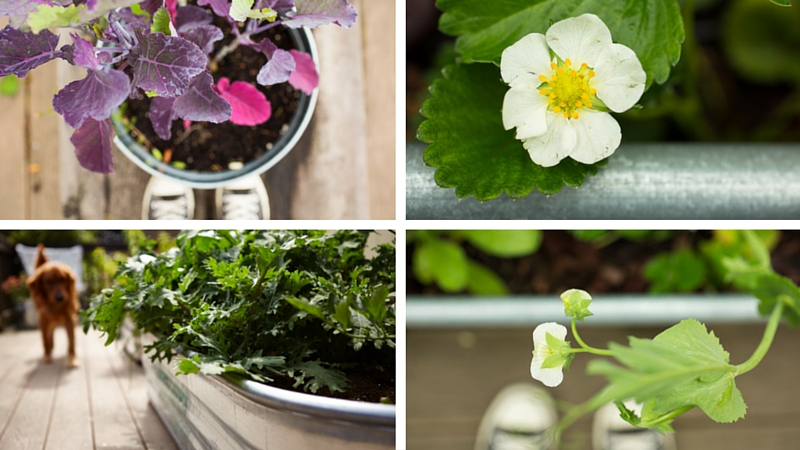

Growing a vegetable garden in recycled containers is all the rage, but are there risks? I was reminded of this looming question when a friend asked if she needed to line her watering trough turned raised bed before planting.
My immediate response was and is no, but this is a blanket statement. There are nuances to keep in mind and, of course, there’s more than one school of thought when it comes to safe materials for organic gardening.
Zinc is used in the coating of galvanized steel. The concern is that this and other elements can leach into neighboring soil due to corrosion which, of course, is a natural process that takes place due to weathering, watering and time. So how does this affect the food we eat? Are these materials taken up by plants and therefore consumed by us?
To start, zinc is a naturally occurring micronutrient found in soil and it’s a micronutrient we all need, plants included. (In fact, you may remember, zinc is a remedy often taken for the common cold.) The recommended daily allowance is approximately 8 to 11mg per day for the average adult. In soil, it’s present as a hundredth to thousandth percent of this, depending on location and parent material.
It’s also important to remember that we’ve been drinking water delivered by galvanized pipes until just a couple decades ago and it’s only under certain circumstances that zinc becomes toxic or that there’s a possibility of zinc poisoning.
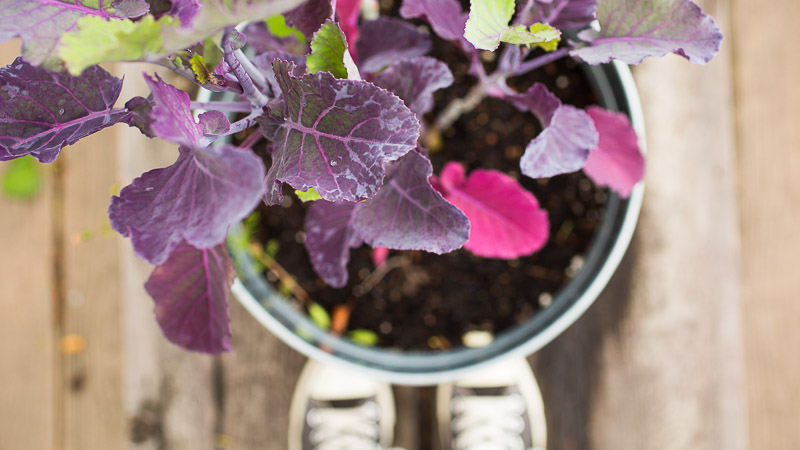
Plants & Zinc
While zinc migrates in the soil, it will most likely be found in higher concentrations nearest the source or, in this case, planter.
Factors such as soil pH and the form in which nutrients exist in the soil effect a plants ability to take up those nutrients. Just because a spectrum of nutrients are present in the soil doesn’t mean a plant will become a sink for all or even some of them. Basically, not all nutrients or metals in soil are immediately absorbed by plants.
If a plant is out of balance and has taken in more of any particular substance than it needs (or not enough), it will look unhealthy. If you’re growing plants in galvanized containers and they look happy and are growing vigorously, you’re in good shape.
Acidity increases the presence or leaching of zinc. It’s generally recommended not to drink acid juices or other beverages from galvanized metal containers. Using the same logic, you may want to avoid growing plants in galvanized steel that require acid soils. Therefore, plants such as blueberries are best kept in the ground or in beds made from untreated lumber.
Common sense tells me to avoid gardening in galvanized containers that are very old and rusting.
Inhalation is the most common cause of zinc poisoning, not ingestion. See the CRC Handbook of Chemistry and Physics and this Mother Earth News article for more information.
For more information on zinc, see the American Galvanizers Association, and for further reading on this topic read this Organic Life article.
Pros of Gardening in Metal Containers
- They’re light compared to wood or ceramic.
- Hold moisture well which is ideal for some plants though maybe not others.
- Generally inexpensive. A 6 foot trough costs approximately $100 to $150 and trash cans vary from $10 to $25 depending on size.
- Come in all shapes and sizes.
- Durable and long lasting.
- Drain holes are easy to add.
- Portable.
- Have a fabulous, no-fuss contemporary look pairing well with wood and other materials commonly found in a garden.
Cons of Gardening in Metal Containers
- While they’re good at holding moisture, you can also say they don’t breath well. This is particularly important when working with drought tolerant plants or plants that prefer dry conditions like herbs such as rosemary and succulents.
- Metal containers can effect soil ecology which benefits some soil microbes while harming others.
How to Transform a Galvanized Container into a Planter
To improve drainage in metal planters, first add a 1 to 2 inch layer of drain rock directly above drain holes before filling with soil. Read Deckening to a see step-by-step demonstration of how to transform a watering trough into a raised garden bed: https://passthepistil.com/deckening/
I obviously have no trouble growing kitchen veggies in metal planters. They honestly make my deck garden possible. (Which looks completely different from when I wrote Deckening, I’ll get more photos and load them soon.) Plus, I’d be far more concerned growing edibles in plastic let alone old tires (gross).
Note: Avoid burning or breathing in fumes from materials containing zinc.
Listen
Buy The Book
Special offers
Newsletter Signup
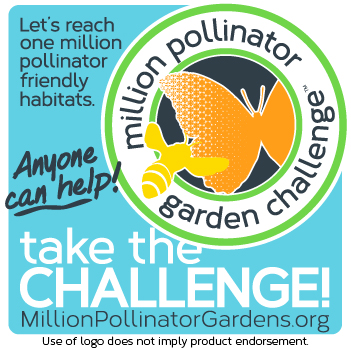
Archives
Disclosure
Pass The Pistil is a participant in the Amazon Services LLC Associates Program and other affiliate programs such as Etsy, affiliate advertising programs designed to provide a means for sites to earn fees by advertising and linking to curated affiliate sites.









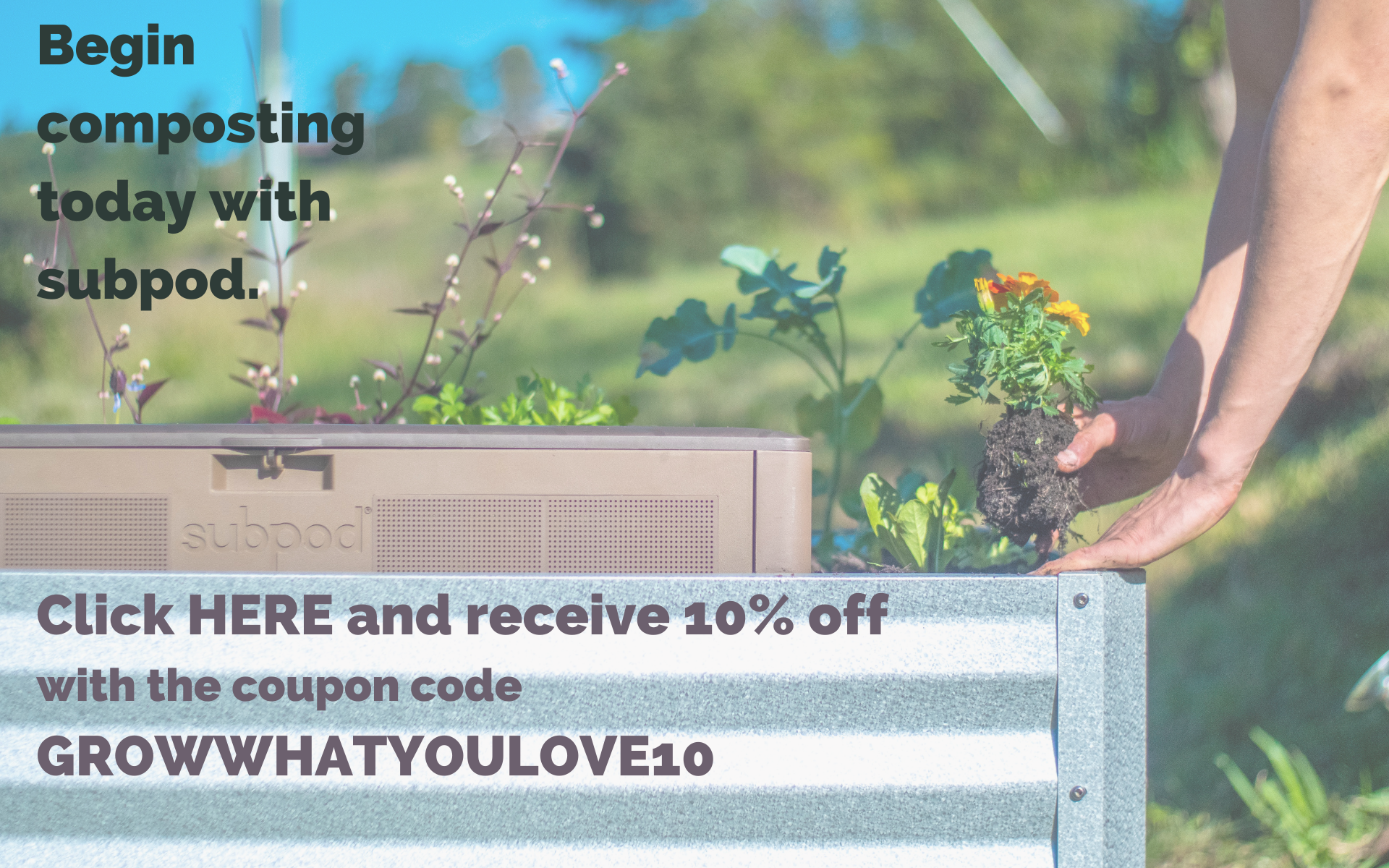
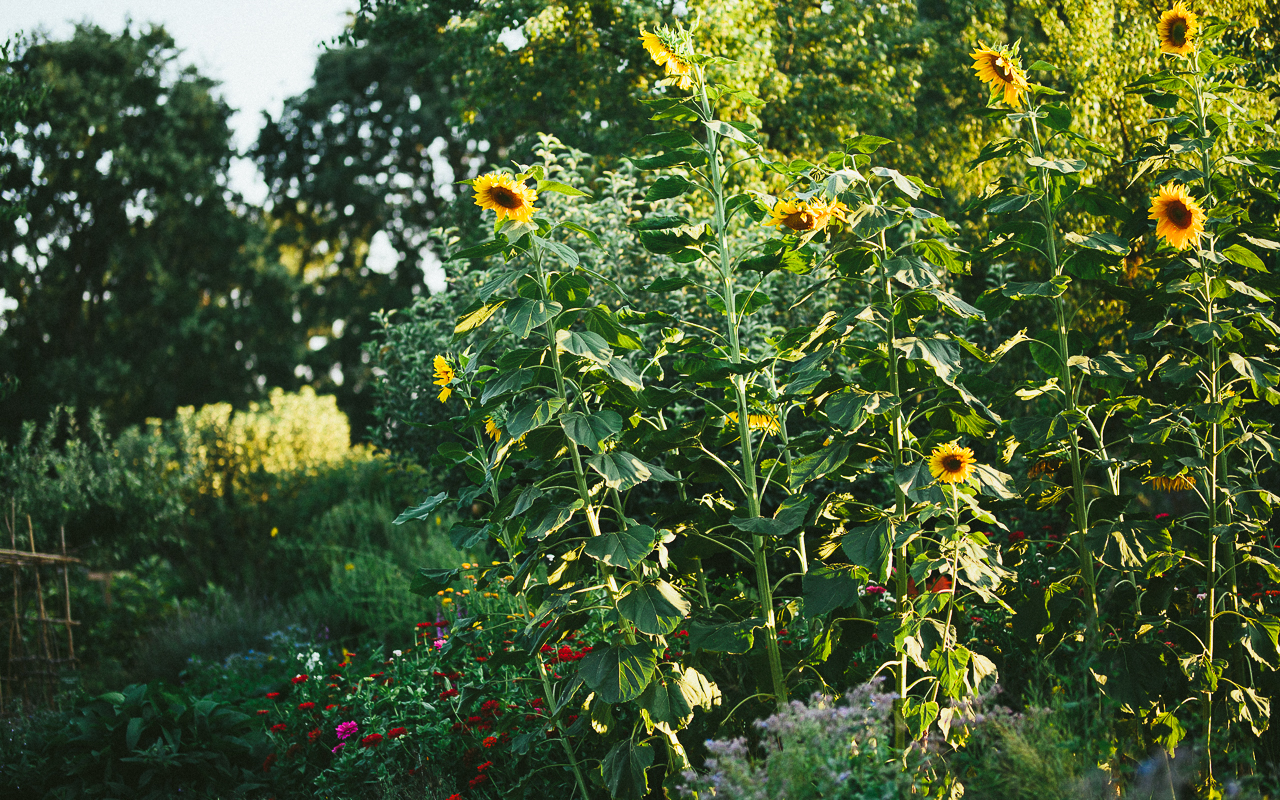
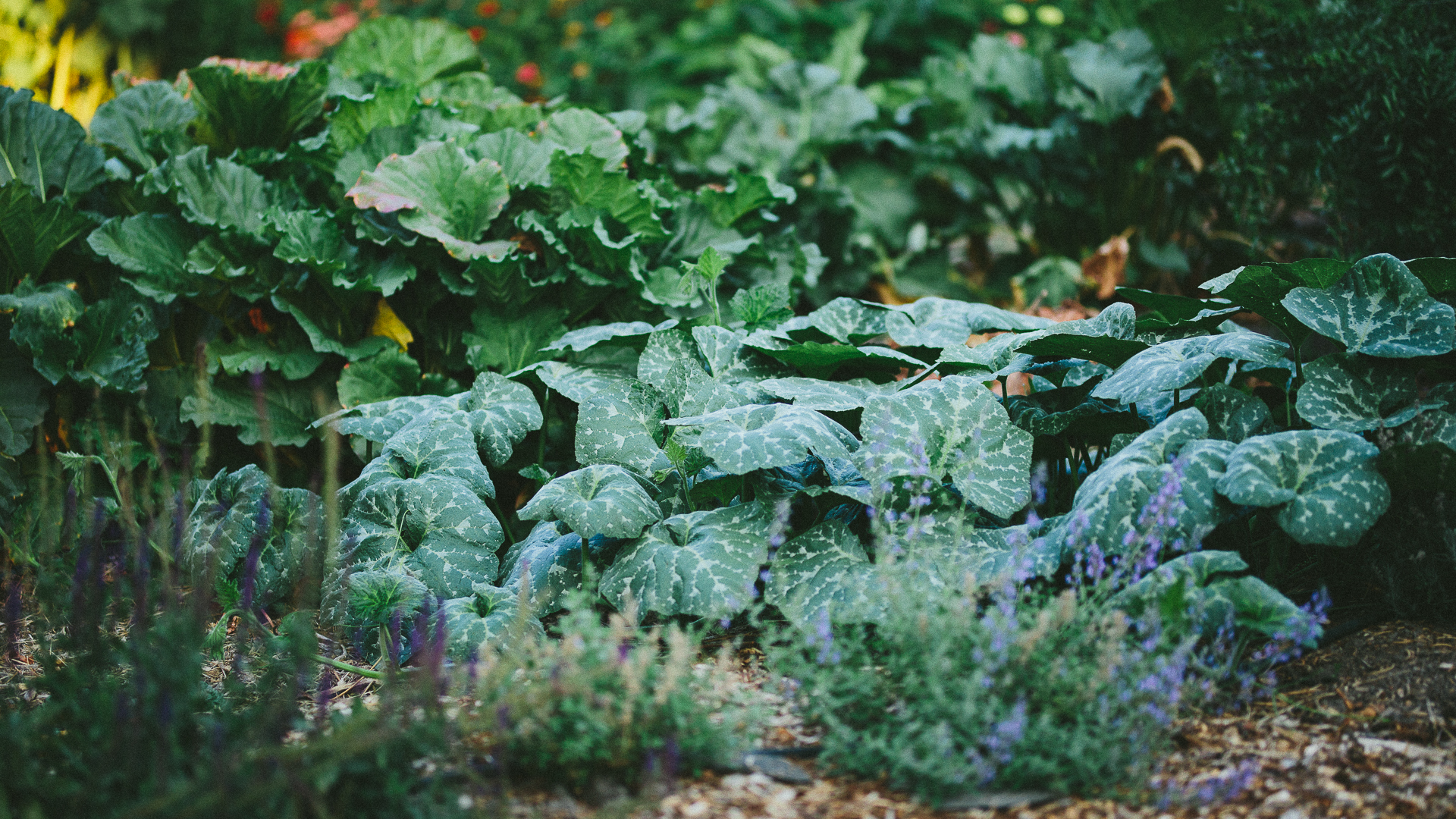
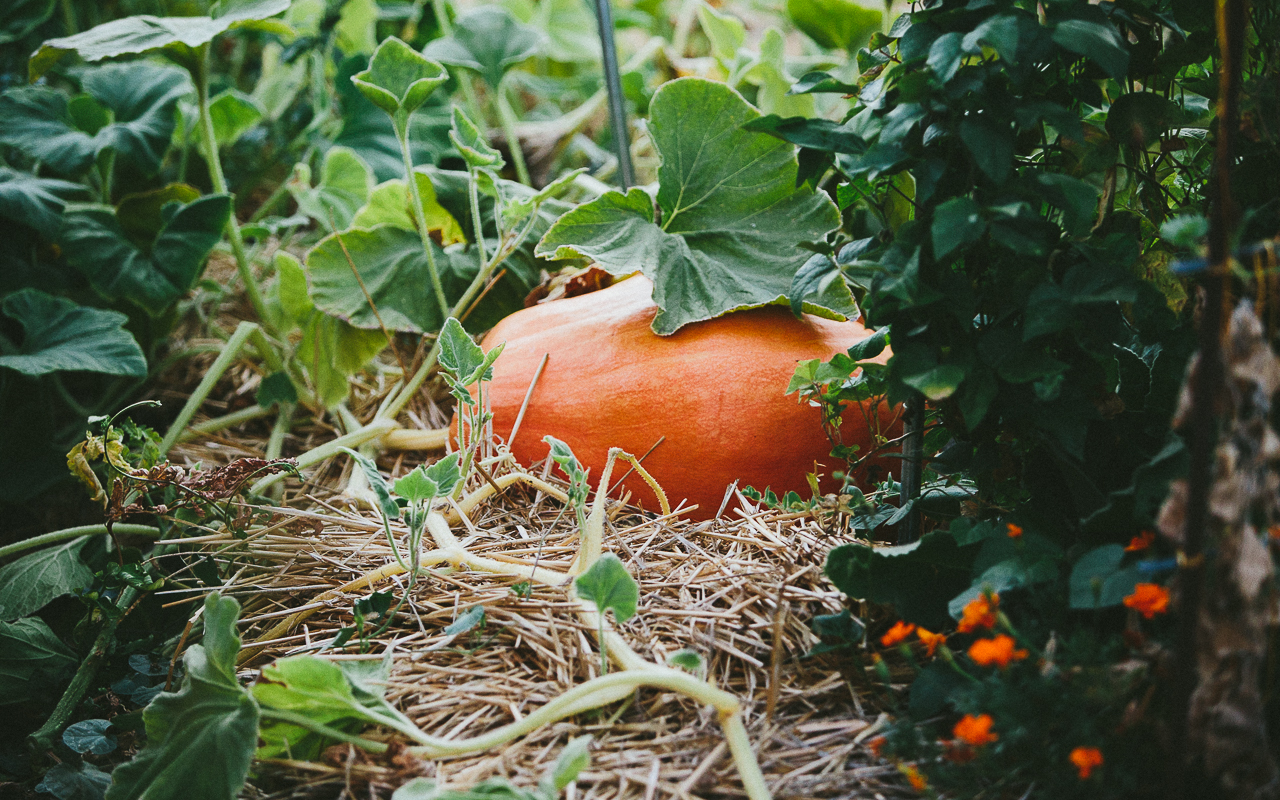
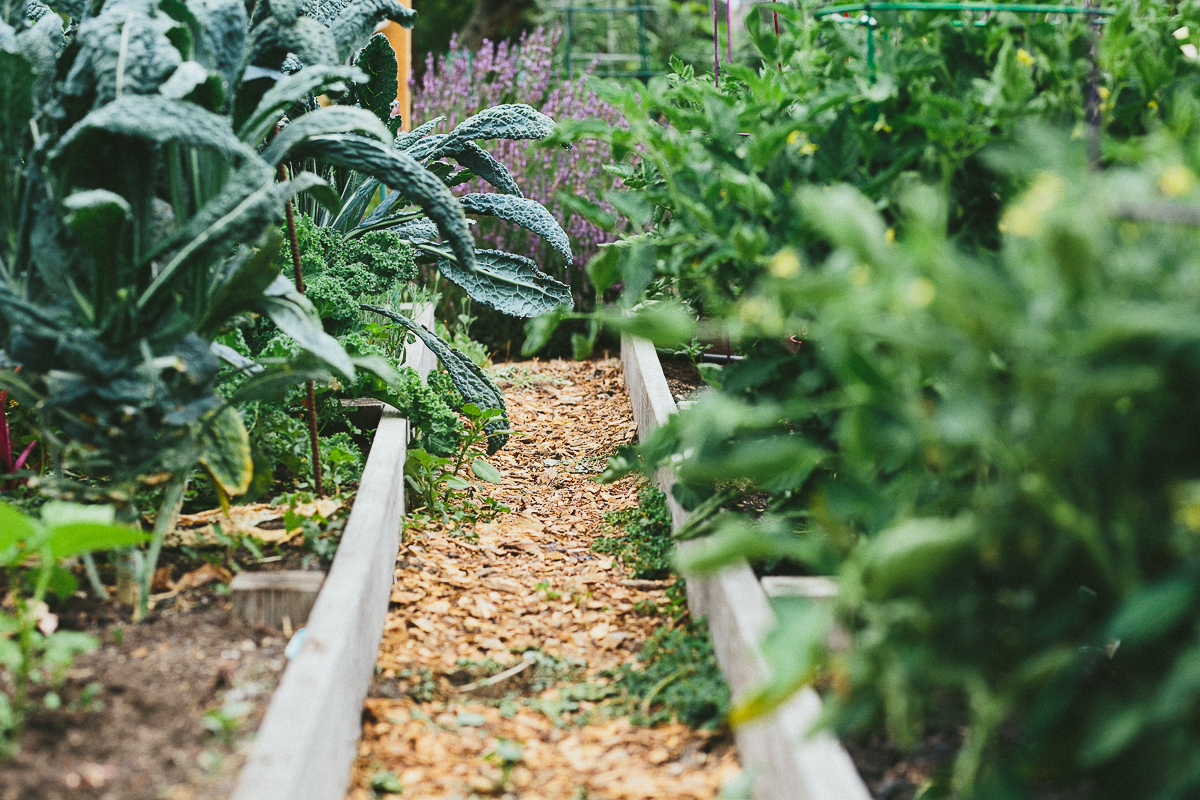
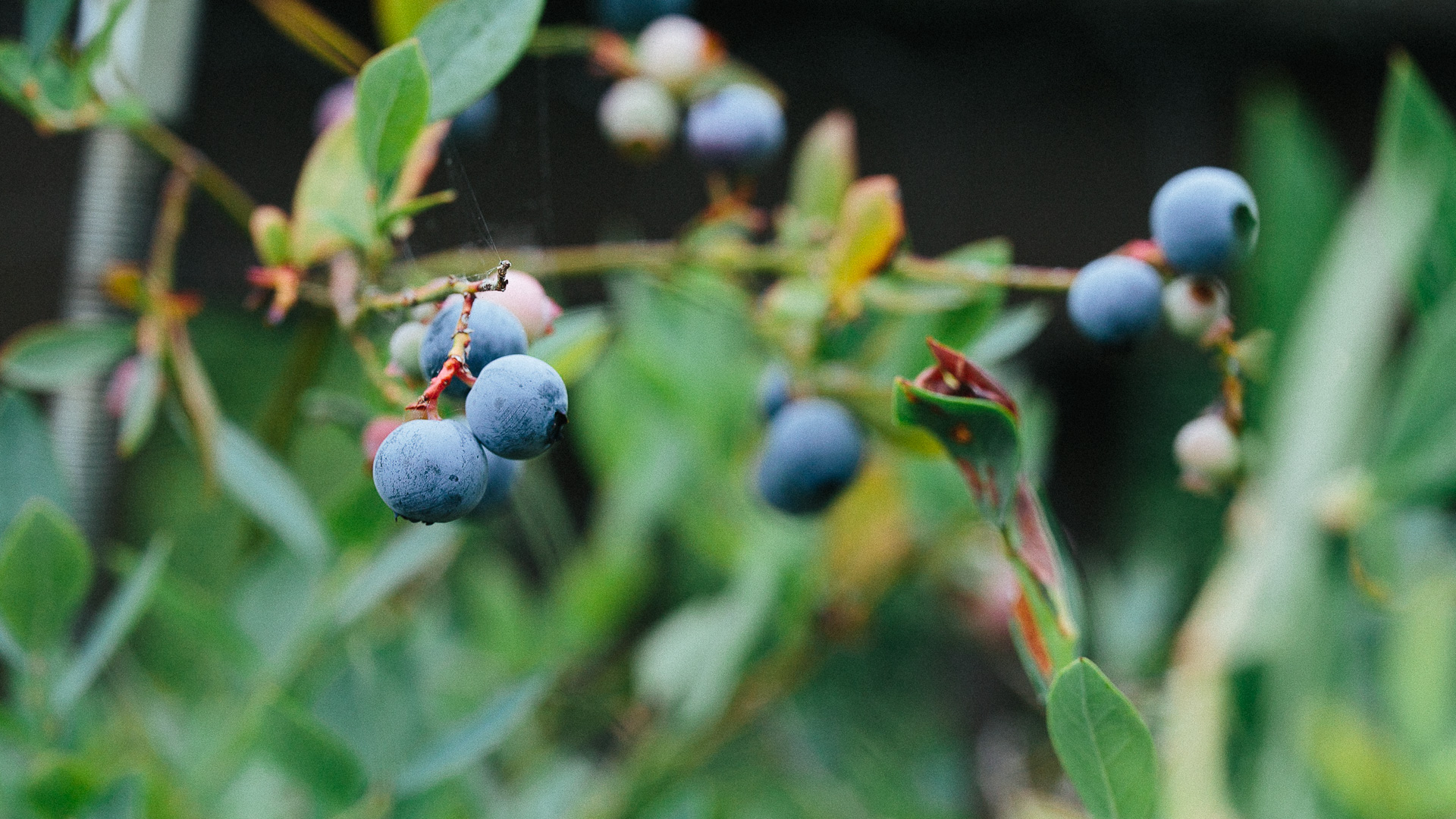
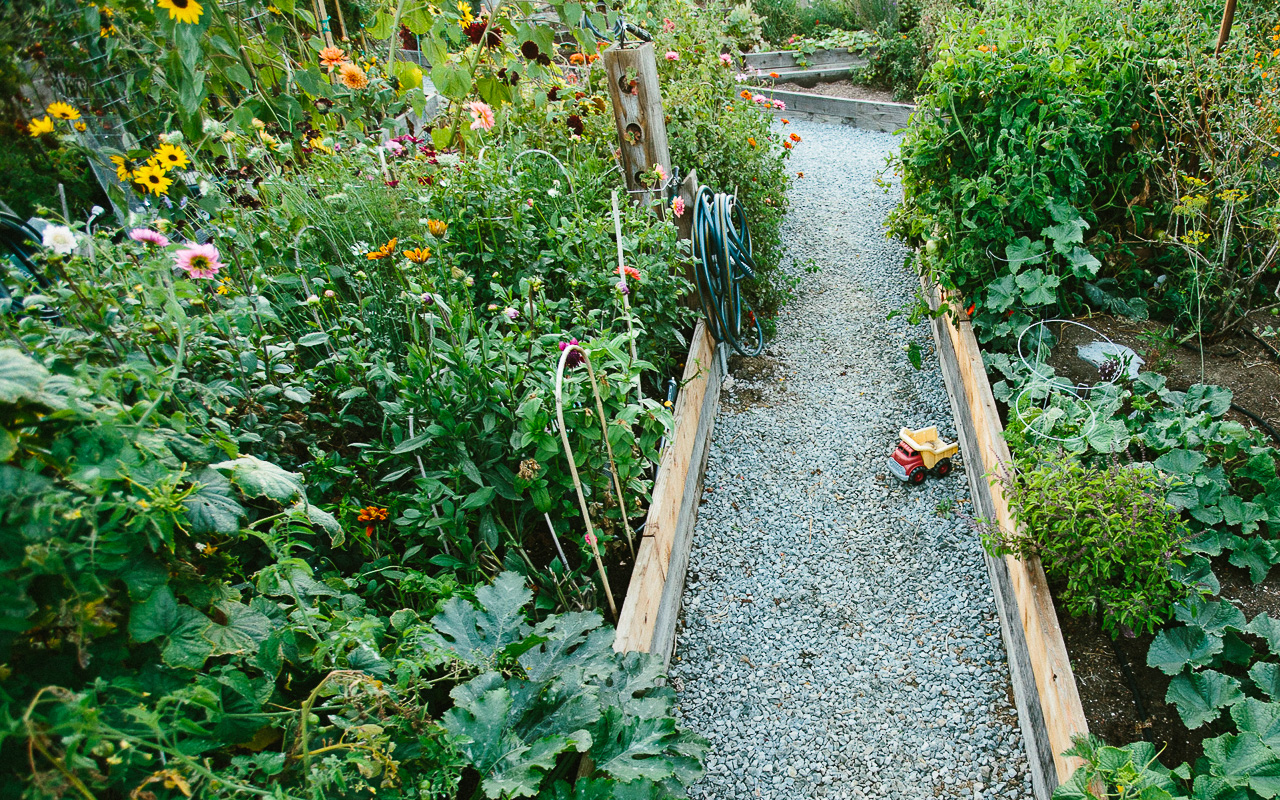

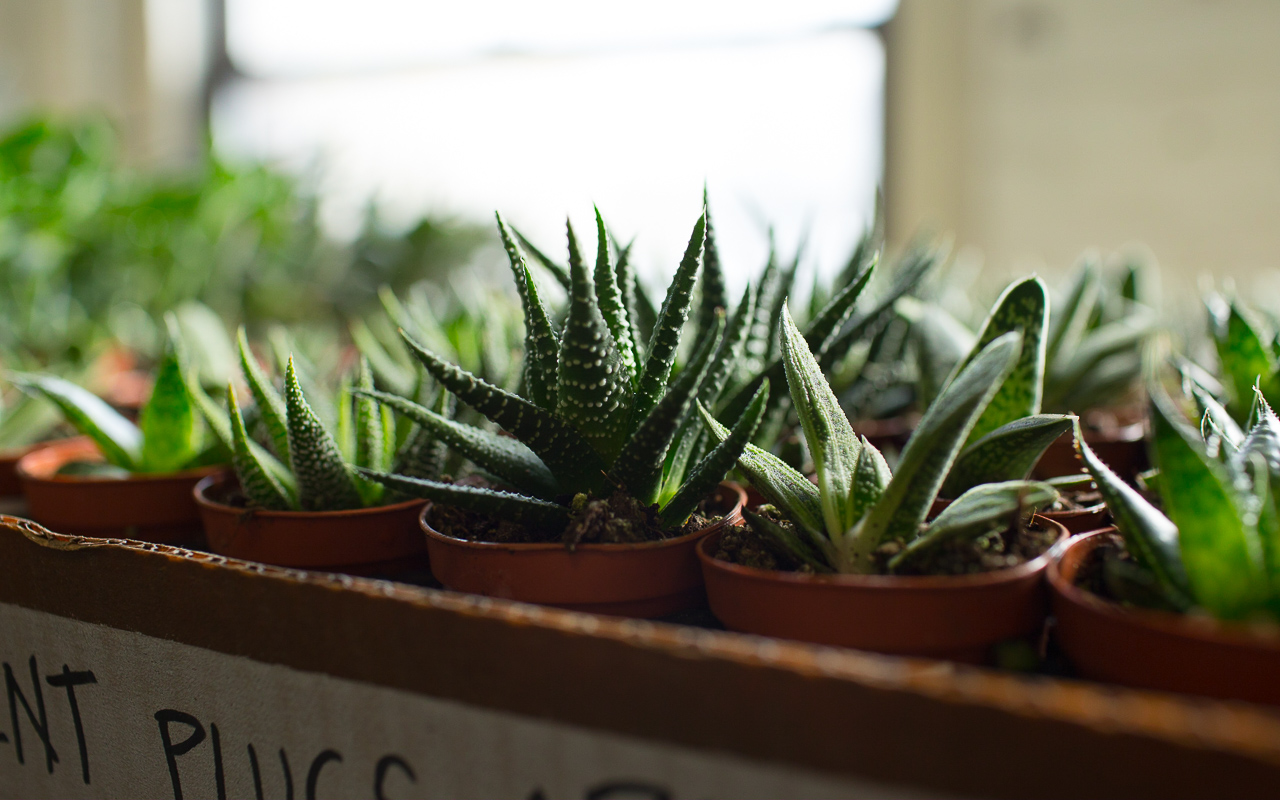
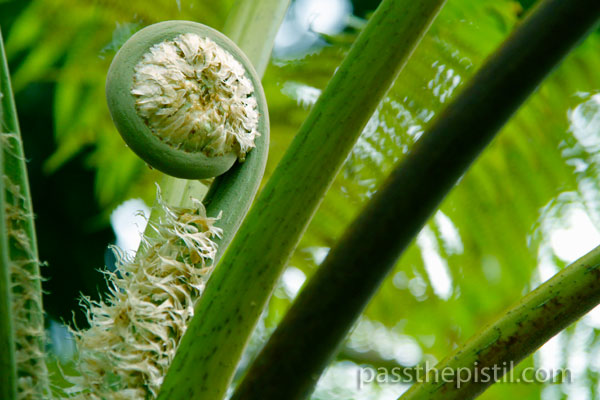
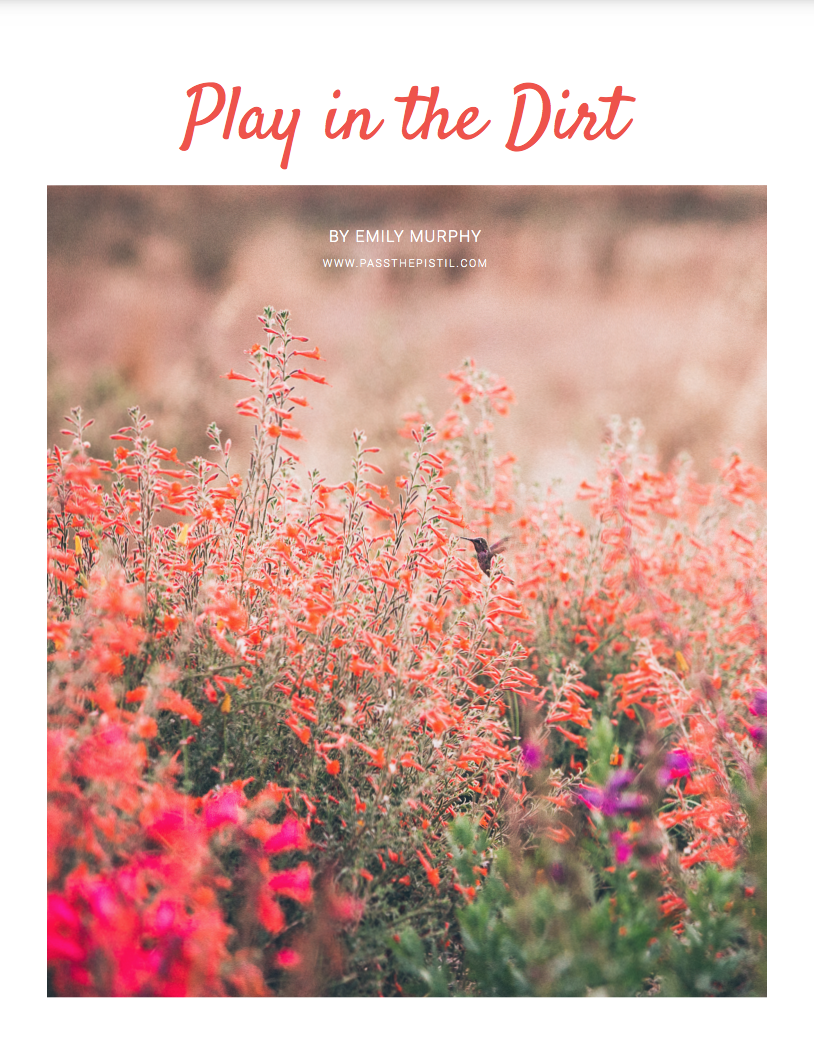

Hello! I know this article is a few years old but wanted to ask a question regarding metal containers. I’m not so much concerned with health affects and I think there is enough information to refute any real concerns.
However, I am concerned with intense heat and killing what grows inside of them. Any concerns with that?
Thank you!
Hi Bill, thanks for writing! I understand completely your concerns with galvanized containers. I had similar concerns. Through my research, I’ve learned that the containers themselves are safe for planting. It’s the manufacturing of the containers that is detrimental to the environment, so there is that cost to weigh. As far as heat, intense direct sun does reflect off of the metal and can burn or kill plants. I’ve found it’s best to place them where they won’t get the brunt of afternoon, western exposure, and/or plant in part shade. It’s also possible to grow plants toward the center with herbs like thyme along the perimeter – they’ll soften the intensity of the sun and you’ll have built-in companion plants. Hope this helps! Best, Emily
Thanks for this post. Where I live only Galvalum is sold and I am more concerned about the aluminum leaching into the soil and vegetables. Do you know anything about this?
Hi Dorrie,
I’m not familiar with Galvalum. I’ll look into it and see what I can find for you.
Best, Emily
Is it safe to spray the Rustoleaum (truck bed coating spray) or similar product on the inside of steel containers, to keep them from getting rusty?
Hi Jane,
My first instinct is that it’s probably not a good idea.
It takes a long time for steel containers to rust, I think trying without the spray is your best bet.
Best of luck!
Emily
My brother thought that Galvanized Metal had LEAD in it. Is that true?
Hi Pamela, at one point a small amount of lead was used in the zinc coating of the galvanizing process. However, the EPA required manufacturers to remove from this process some years ago. It seems the biggest problem with these containers may be the plants themselves and how manufacturers manage waste and byproducts.